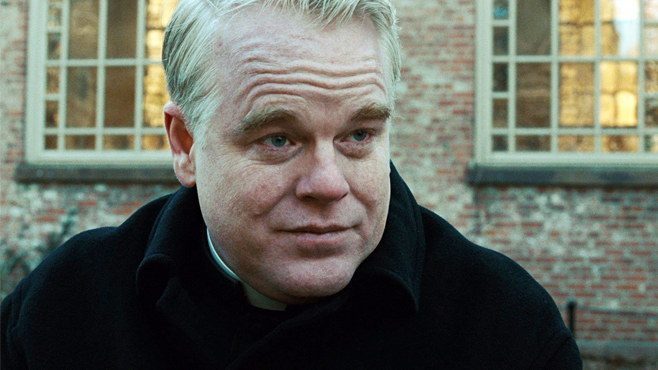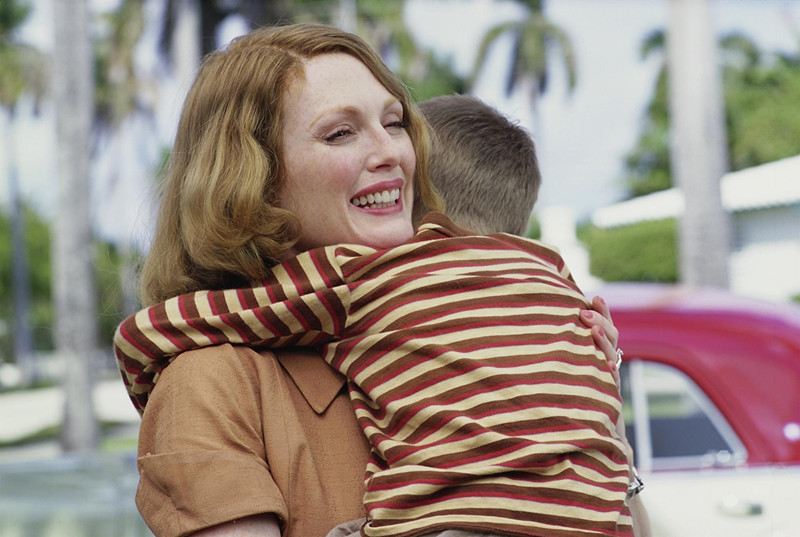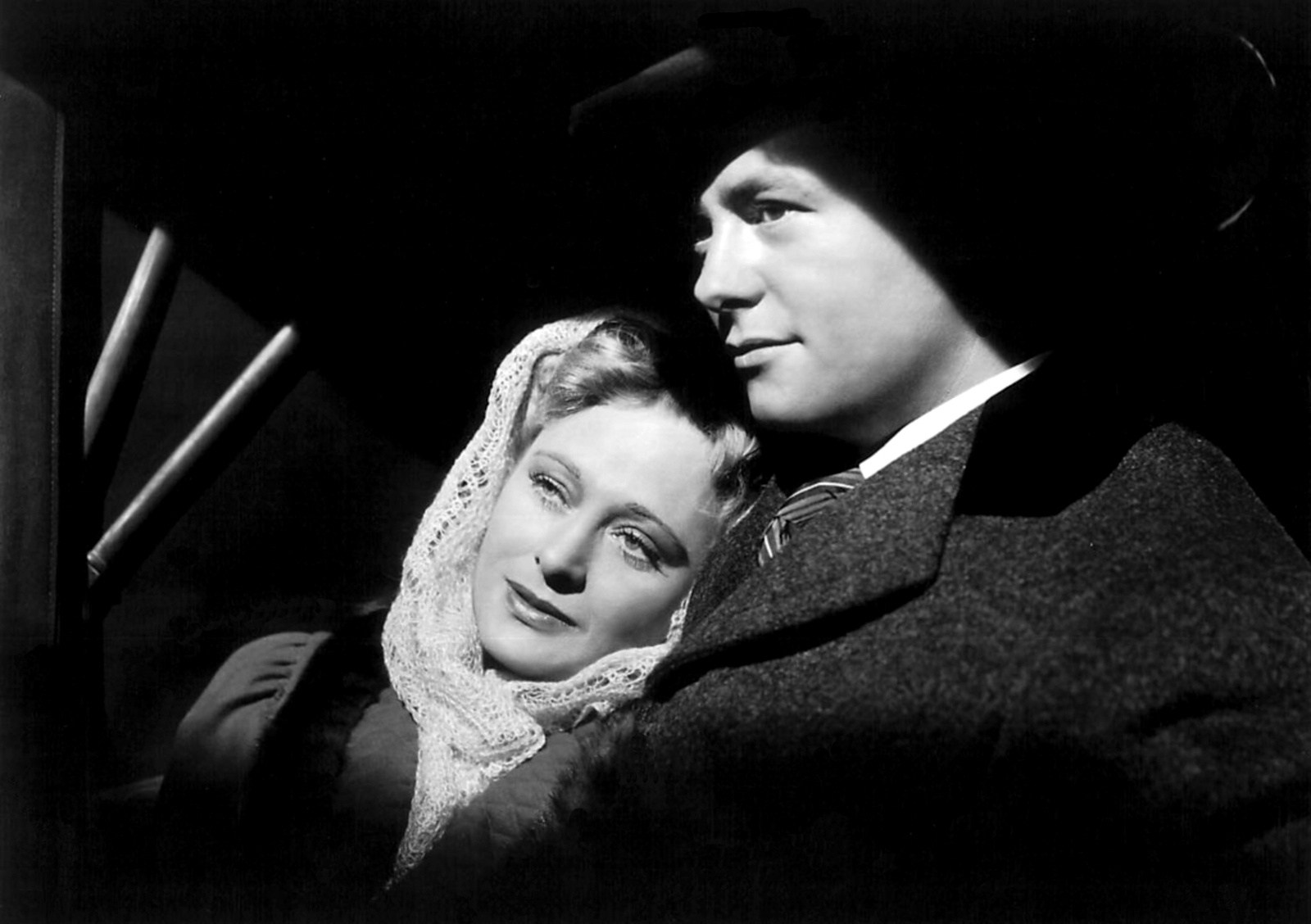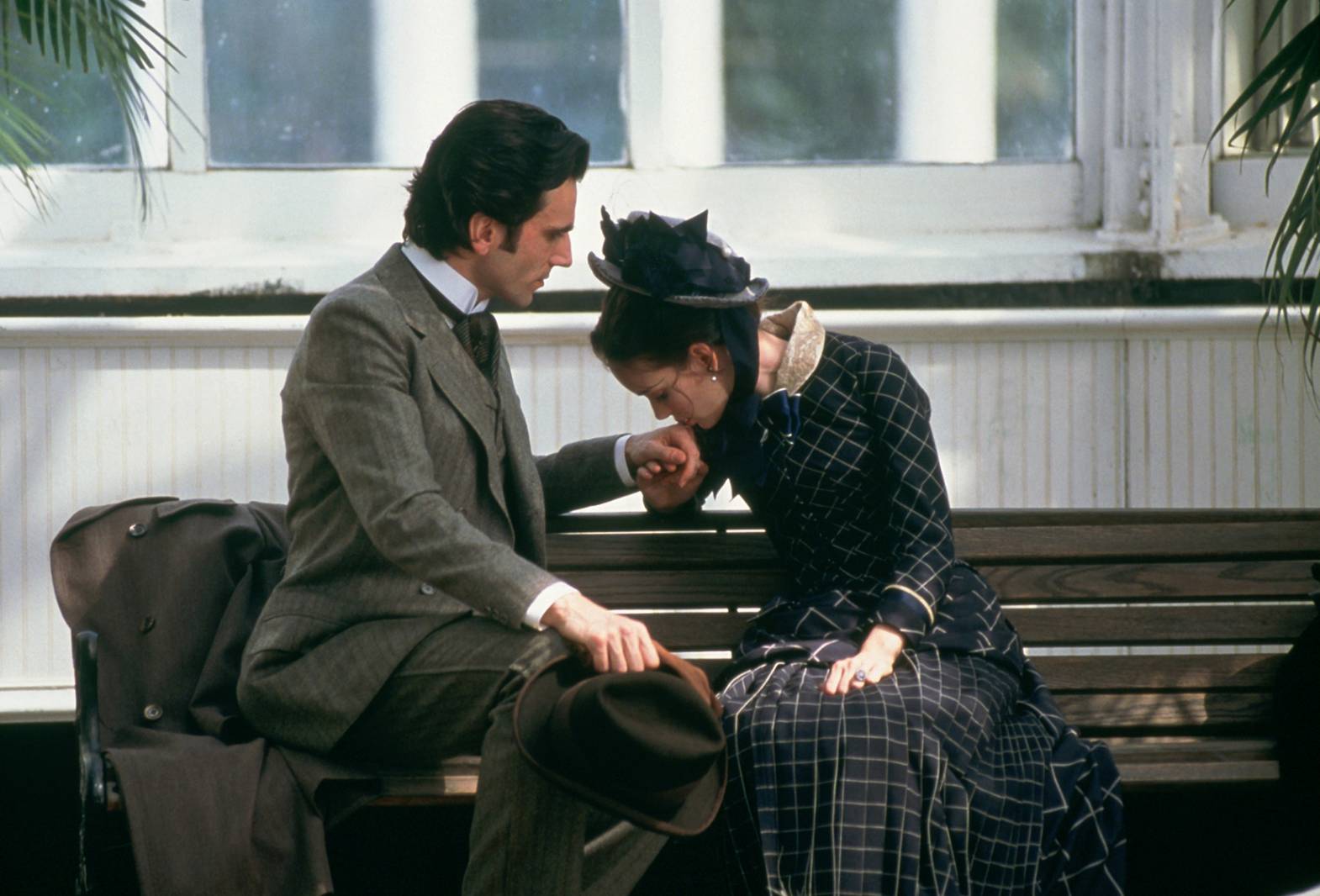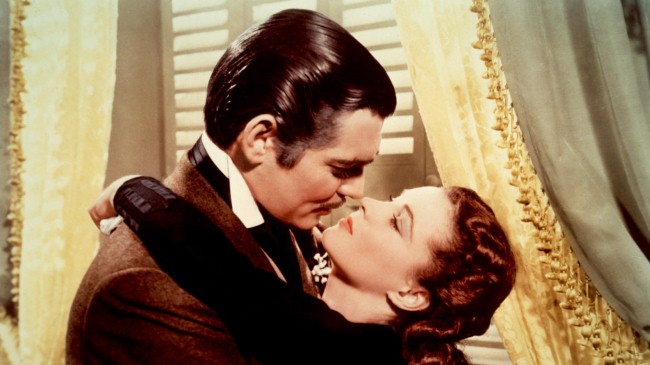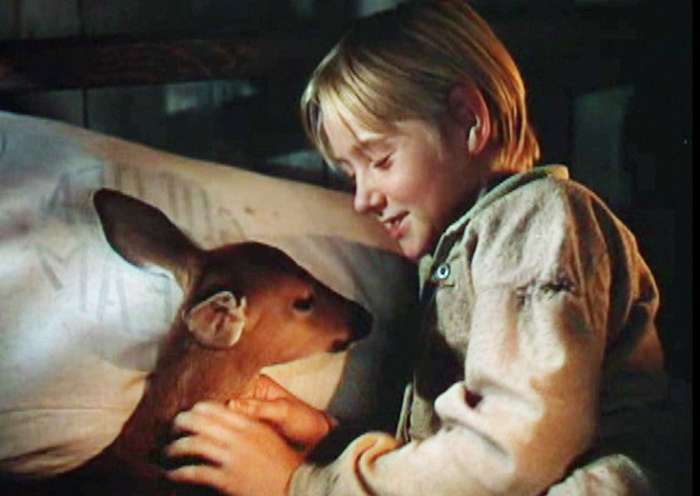The Pulitzer Prize is an award given for achievements in newspaper and online journalism, literature, and musical composition in the United States. Some of these great, awarded works have been brought to the screen.
Since the award was given in 1917, people have been adapting novels, plays, musicals, and more that have won this prestigious honor. These are some of the best adaptations of great, Pulitzer Prize winning literature.
1. The Road
Cormac McCarthy’s post-apocalyptic tale is about a journey of a father and son go across a landscape blasted by a nuclear bomb that has destroyed most of civilization and, in the intervening years, almost all life on Earth. In 2006, the novel was awarded the JamesTait Black Memorial Prize for Fiction, followed by the Pulitzer Prize for Fiction in 2007.
The book was adapted to film in 2009 by John Hillcoat. Starring Viggo Mortensen and Kodi Smit-McPhee as the father and son. The Road received a limited release in North American cinemas from November 25, 2009, and was released in United Kingdom cinemas on January 4, 2010.
The film received generally positive reviews from critics, with the performances of Mortensen and Smit-Mcphee garnering praise. IGN called the film “one of the most important and moving films to come along in a long time”.
2. The Hours
Three women from three different generations are all connected by the book Mrs. Dalloway written by Virginia Woolf. This is the premise behind the Pulitzer Prize for Fiction winner The Hours, and its subsequent film adaptation.
Michael Cunningham’s novel follows Clarissa Vaughan, a New Yorker preparing an award party for her AIDS-stricken long-time friend and poet, Richard in 2001; Laura Brown, a pregnant 1950s California housewife with a young boy and an unhappy marriage; and Virginia Woolf herself in 1920s England, who is struggling with depression and mental illness while trying to write her novel.
In the film adaptation these women are played by Meryl Streep, Julianne Moore, and Nicole Kidman respectively. Critical reaction to the film was mostly positive, with The Hours receiving nine Academy Award nominations, winning one for Nicole Kidman’s role as Virginia Woolf. The main critique against the movie, and the novel is that it is a bit of a downer.
However, through Michael Cunningham’s prose and the character development of these women, screenwriter David Hare and director Stephen Daldry were able to bring these women to the screen with near perfect casting.
3. The Magnificent Ambersons
This 1918 novel written by Booth Tarkington follows an American family that locally ruled the roost and was vanished virtually in a day as the town spread into a city. This novel no doubt was a permanent page in the social history of the United States, so admirably conceived and written was the tale of the Ambersons, their house, their fate and the growth of the community in which they were submerged in the end.
The novel received the 1919 Pulitzer Prize for Fiction. The Magnificent Ambersons was adapted into film prior to the version many of us know. Entitled Pampered Youth, the 1925 picture by Vitagraph Pictures is now considered lost in its original form.
Orson Welles adapted the story for his second film. Starring Joseph Cotten, Agnes Moorehead, and Dolores Costello, with Welles providing narration, the film was heavily edited by the studio RKO Pictures. More than an hour of footage and score hit the cutting room floor. Despite that, the released cut version by RKO is considered to be one of the best American films ever made. It was added to the National Film Registry in 1991.
4. The Age of Innocence
Edith Wharton’s twelfth novel, Age of Innocence, was set in the upper-class New York City in the 1870s, during the so-called Gilded Age. It won the Pulitzer Prize for Fiction, making Wharton the first woman to win the prize. The Age of Innocence centers on an upper-class couple’s impending marriage, and the introduction of the bride’s cousin whose presence threatens their happiness.
There were two previous adaptations of the novel, the first a silent film in 1924, and then one in 1934 starring Irene Dunne. The adaptation to make this list, was the 1993 film directed by Martin Scorsese and stars Daniel Day-Lewis, Winona Ryder, and Michelle Pfeiffer. The film won the Academy Award for Best Costume Design, and was nominated for Academy Awards for Best Actress in a Supporting Role (Winona Ryder), Best Adapted Screenplay, Best Original Score and Best Art Direction.
The film was not a financial success, earning $32 million against a $34 million budget. The Age of Innocence currently holds a score of 80% on Rotten Tomatoes, and a score of 83 on Metacritic, indicating largely positive reviews from critics. The cast and crew were able to capture Wharton’s text and bring it to the screen.
5. Gone With the Wind
The definition of a classic, Gone With the Wind was first published in 1936. The story is set in Clayton County, Georgia, and Atlanta during the American Civil War and Reconstruction era. It depicts the struggles of young Scarlett O’Hara, the spoiled daughter of a well-to-do plantation owner, who must use every means at her disposal to claw her way out of the poverty after Sherman’s March to the Sea.
Gone With the Wind has been popular with readers since its release. Mitchell received the Pulitzer Prize for Fiction in 1937. The classic film version, released in 1939, was produced by David Selznick, directed by Victor Fleming, and the leading roles are portrayed by Vivien Leigh (Scarlett), Clark Gable (Rhett), Leslie Howard (Ashley), and Olivia de Havilland (Melanie).
The production of the film was troubled from the start and the casting was exhaustive, searching for the perfect Scarlet entailed interviewing 1,400 women. The casting was widely praised and many reviewers found Vivien Leigh especially suited to her role as Scarlett.
At the 12th Academy Awards held in 1940, it received ten Academy Awards (eight competitive, two honorary) from thirteen nominations, including wins for Best Picture, Best Director (Victor Fleming), Best Adapted Screenplay (posthumously awarded to Sidney Howard), Best Actress (Vivien Leigh) and Best Supporting Actress (Hattie McDaniel, becoming the first African-American to win an Academy Award). The book and film remain absolute classics that have been and will be enjoyed for generations.
6. The Yearling
The best selling book of 1938, the seventh best of 1939. The Yearling was a sensation. Author Marjorie Kinnan Rawlings had the best selling book for 23 weeks of 1938.
It was translated into over 20 languages and received the Pulitzer Prize for Fiction in 1939. Rawlings’s editor was Maxwell Perkins, who also worked with F. Scott Fitzgerald, Ernest Hemingway, and other literary luminaries. She had submitted several projects to Perkins for his review, and he rejected them all. He instructed her to write about what she knew from her own life, and the result of her taking his advice was The Yearling.
The film version starred Gregory Peck and Jane Wyman and it follows the story of Civil War veteran Penny Baxter (Peck), who lives and works on a farm in Florida with his wife, Orry (Wyman), and their son, Jody (Claude Jarman Jr.). The only surviving child of the family, Jody longs for companionship and unexpectedly finds it in the form of an orphaned fawn.
While Penny is supportive of his son’s four-legged friend, Orry is not, which leads to heartbreaking conflict. The film was nominated for seven Academy Awards, winning two for Best Cinematography and Best Art Direction.
7. The Grapes of Wrath
Written by John Steinbeck and published in 1939, The Grapes of Wrath, won the National Book Award and the Pulitzer Prize for Fiction. Set during the Great Depression, the novel focuses on the Joads, a poor family of tenant farmers driven from their Oklahoma home by drought, economic hardship, agricultural industry changes and bank foreclosures
Due to their nearly hopeless situation, and in part because they are trapped in the Dust Bowl, the Joads set out for California. Along with thousands of other “Okies”, they sought jobs, land, dignity, and a future. It’s one of those books that everyone has to read in high school and it was made into one of the best American films ever.
The film version, released in 1940, starring Henry Fonda and Jane Darwell as Tom and Ma Joad respectively. The first part of the film follows the book fairly closely. However, the second half and the ending in particular are significantly different from the book. While the book ends with the downfall and break-up of the Joad family, the film switches the order of sequences so that the family ends up in a “good” camp provided by the government, and events turn out relatively well.
In 1989, this film was one of the first 25 films to be selected for preservation in the United States National Film Registry by the Library of Congress as being “culturally, historically, or aesthetically significant”.
